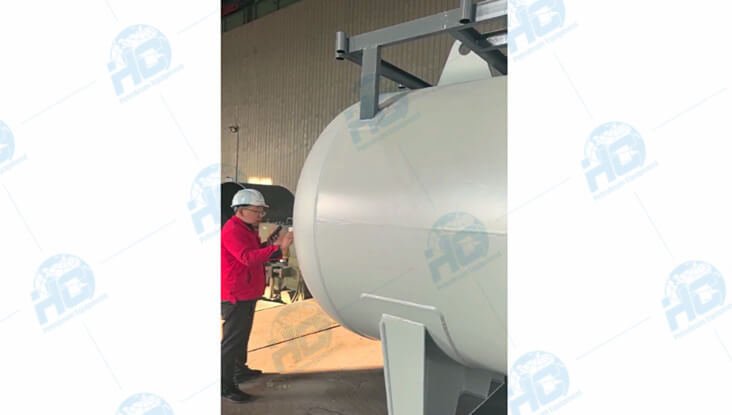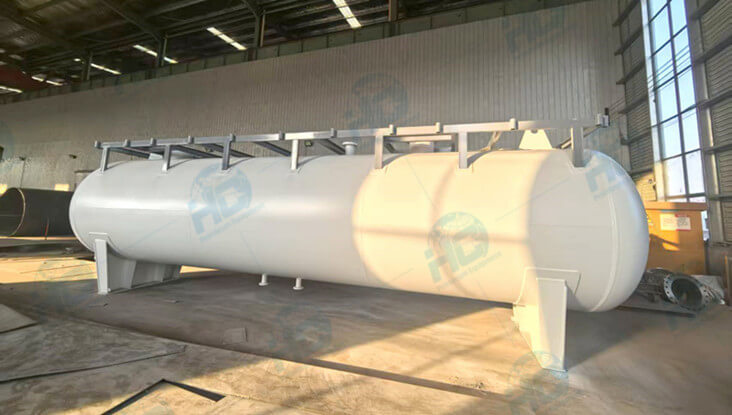Paint Thickness Testing for Horizontal Two-Phase Separators
At HC, we understand the critical role that durable, high-quality coatings play in extending the service life of our equipment, particularly in harsh environments like oil and gas fields. One of the key aspects of ensuring this durability is the precise measurement and maintenance of paint thickness on our Horizontal Two-Phase Separators. These separators, designed to efficiently separate gas and liquid phases from oil and gas wellheads, must be robust enough to withstand extreme weather conditions, corrosive substances, and mechanical wear. That’s where proper paint thickness testing comes into play.
The primary function of the paint on our Horizontal Two-Phase Separators is to protect the underlying materials, especially from corrosion caused by exposure to water, chemicals, and other environmental factors. The correct application of coating ensures that the separator can perform optimally over an extended period, without degradation that could lead to operational failures or costly maintenance.

Too thin a coating can result in insufficient protection, leaving the surface vulnerable to corrosion, while an overly thick coating might not adhere properly or could crack, leading to compromised performance. Therefore, adhering to the recommended paint thickness standards is essential for maintaining the separator's integrity and extending its operational lifespan.
We employ state-of-the-art paint thickness testing methods to ensure that each Horizontal Two-Phase Separator meets the strictest quality standards. Our testing process includes the following steps:
Preparation of the Surface: Before the coating application, the surface of the separator is thoroughly cleaned and prepared to remove any contaminants such as dirt, rust, or oils. This ensures the paint will adhere effectively and create a durable bond.
Paint Application: Our team of skilled professionals applies the protective coating, ensuring uniform coverage across all areas of the separator. We use high-quality paints designed specifically for the oil and gas industry, capable of withstanding extreme operating conditions.
Measurement of Paint Thickness: Once the paint has cured, we use precision instruments, such as digital coating thickness gauges, to measure the paint thickness at various points on the separator. These gauges employ magnetic or eddy current principles to accurately measure the coating's thickness, regardless of the substrate material.

Comparison to Standards: The measured thickness is compared to industry standards and the manufacturer’s specifications for optimal protection. If the thickness falls within the acceptable range, the separator is cleared for further production or shipping. If the coating is too thin or thick, the separator undergoes corrective procedures to ensure compliance.
Quality Control and Final Inspection: After the thickness is validated, the separator undergoes a final inspection to ensure that the paint coverage is consistent and that no areas are overlooked. This ensures that the separator is ready for use in the field with optimal protective qualities.
We are committed to the highest standards of quality for our products, and paint thickness testing is just one of the many steps we take to ensure the reliability and performance of our Horizontal Two-Phase Separators. By rigorously testing and controlling paint thickness, we provide our customers with the peace of mind that their equipment will perform reliably in the toughest of environments.
For more information on our Horizontal Two-Phase Separators or to inquire about our quality assurance processes, please contact us directly. HC is dedicated to delivering top-notch, durable equipment solutions for the oil and gas industry.
